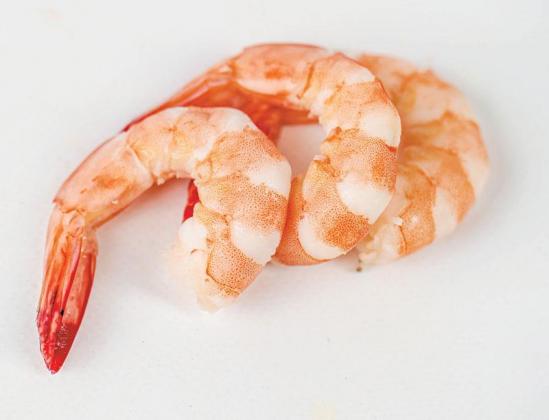
The lingering effects of the 2019 record floodwaters on Louisiana’s aquatic life continue to be measured by the Louisiana Department of Wildlife and Fisheries. The Mississippi River remained above flood stage for a historic length of time, with records dating back to 1900. Additionally, local rainfall also impacted other drainages. Although rivers are finally returning to seasonal levels, the state is still feeling the effects in some of its fisheries.
The Bonnet Carré Spillway opened an unprecedented two times this year for a total of 123 days, and flooding in the Atchafalaya Basin and other areas continued into August. Statewide biological sampling continues to indicate a notable reduction in the availability of oysters, shrimp, crab and finfish in those waterways
Results of Departmental monitoring of oysters on public reefs using data available as of Aug. 31 show that oyster mortality on those reefs ranged as high as 100% in several areas across the state.
Statewide volume and value of brown shrimp landings were down 34% and 44%, respectively when compared to the five-year average. White shrimp fared slightly better with landings up 2% overall.
Commercial blue crab landings have decreased across the state in all basins, with declines ranging from 14% to 84% in individual basins.
Concerning finfish, the most recent data show that commercial black drum landings are down by 51% in the Vermilion/Atchafalaya Basin. Department sampling also indicates the catch per unit effort of spotted seatrout was 66% below average in the Vermilion/Atchafalaya Basin and 50% below average in the Pontchartrain Basin.
To date, measurable negative impacts on the state’s freshwater fisheries are minimal. Fish kills, resulting from low oxygen levels in the water, may become more common until the water temperatures cool in the fall.
